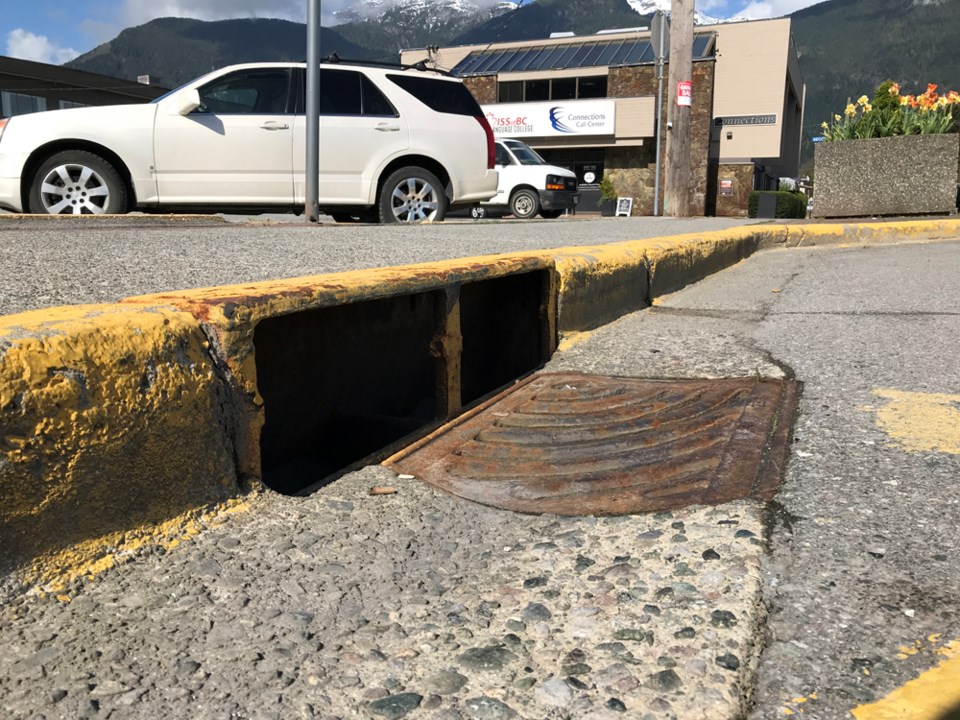It’s going to cost us, that’s for sure.
As local stormwater infrastructure reaches the halfway point of its life expectancy, the District will need to spend on average $2.25 million per year on replacements, a new report predicts.
Even making that prediction with optimistic assumptions, that price tag will be at least an average of $1.5 million per year, said Brittney Dawney of Urban Systems, the consulting firm that created the report.
"No matter how you slice it, if it's 1 or 1.5, or $2 million a year, the District needs to move to more sustainable funding or it will accept the risk of asset failure," said Dawney during council's April 23 meeting.
These findings are based on the age of the facilities and are not reflective of the District's ability to maintain them, she said.
At around the year 2024, the District can expect a particularly expensive stormwater infrastructure replacement of close to $14 million, forecasts the report, which is titled, Improving Integrated Stormwater Service Delivery at the District of Squamish: Summary of Phase 1 Findings and Recommendations.
"Historically, stormwater in the District has been underfunded, and this was largely because the District didn't know what those funding requirements were," said Dawney.
"That was one of the key things that this project aimed to address."
She noted that there were several ways the town could pony up the cash.
General taxation, which is the current method, is the easiest to administer but not necessarily the most equitable, Dawney said. It also doesn't guarantee that money will go to stormwater facilities, she added.
However, there are other methods would be harder to administer, but create guaranteed funding for stormwater while being more equitable, she said.
Adding a levy on property tax notices would be one. Parcel taxes, user fees, or creating a separate stormwater utility would also meet those goals, Dawney said.
She said the report isn't making a recommendation on what avenue council should take, but is just making them aware of the possibilities available to them.
Another highlight was that the report assigned dollar values to wetlands, forests and creeks — all of which are naturally provide stormwater services.
For example, these "natural assets" soak up rainwater and provide flood protections.
The total value of these naturally occurring services is about $380 million, according to the report.
However, development is encroaching on some of these regions.
Dawney said that development may occur on land that's naturally providing about $22.8 million in stormwater services.
"It's definitely one of the things to be considered," she said. "How to protect those from future development, and, if not, then, again, accepting the tradeoffs."



